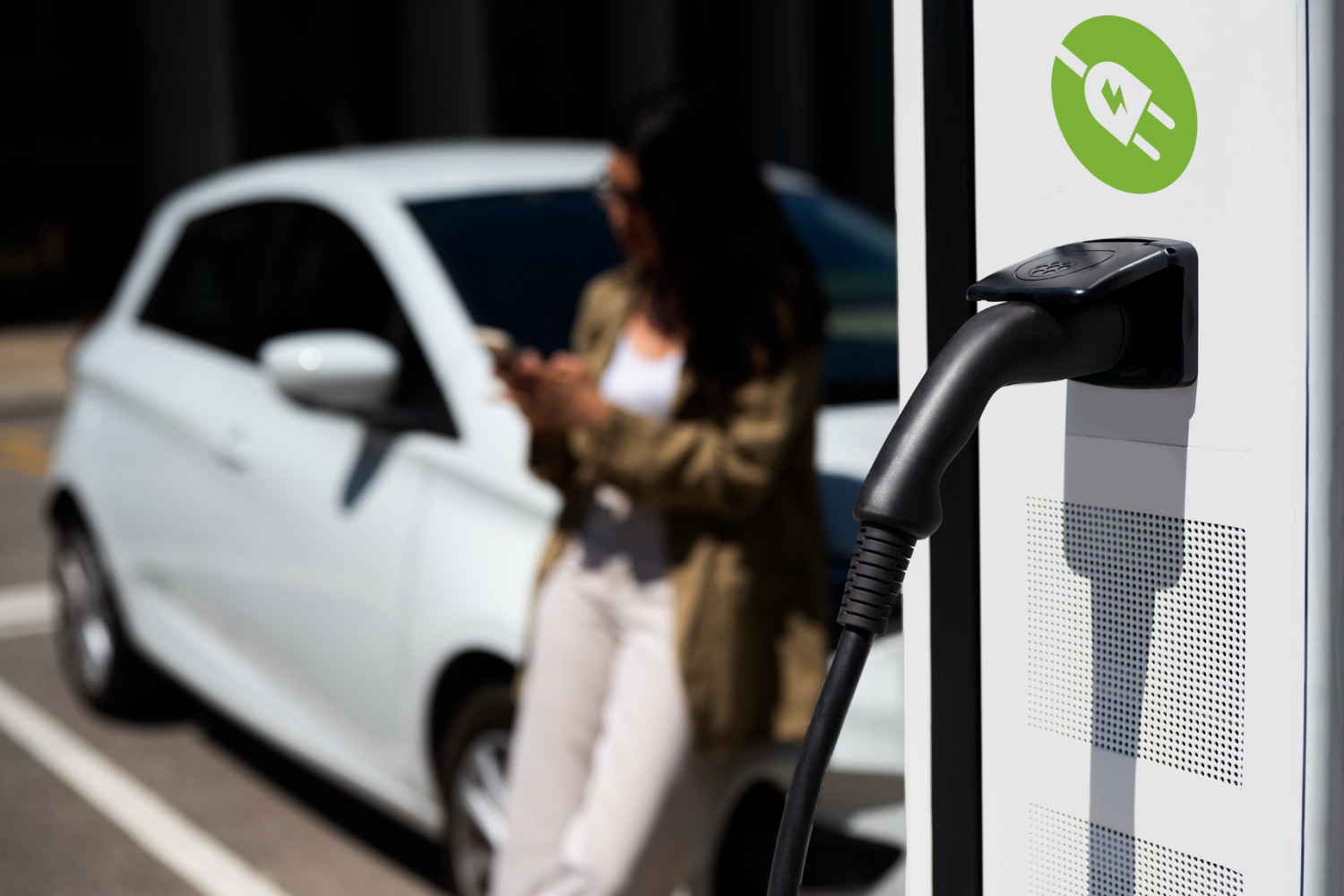How New EV Tax Credits Are Shaping the Future of Electric Cars
As the world accelerates towards a sustainable future, electric vehicles (EVs) have become the vanguard of this transformation. In recent years, governments worldwide have introduced enticing tax credits to encourage the adoption of EVs, significantly impacting the automotive industry. With major automakers like Tesla, BMW, Ford, GM, and Volkswagen making strategic shifts, and new government policies emerging, the landscape of electric vehicles is changing rapidly. This blog post will explore the implications of these new EV tax credits and how they are shaping the future of electric cars.
The Surge in EV Adoption: A Tax Credit Catalyst
A Boost from Government Incentives
Governments globally are implementing tax credits as a strategic lever to boost EV adoption. In the United States, the Inflation Reduction Act of 2022 brought significant changes, extending the $7,500 federal tax credit for new EV purchases while introducing a $4,000 credit for used EVs. These incentives are designed to make EVs more accessible to a broader audience, effectively lowering the barrier to entry for potential buyers.
In Europe, the European Union has set ambitious targets to reduce carbon emissions, with countries like Germany and France offering substantial subsidies for EV purchases. China, the world’s largest EV market, has also extended its EV subsidy program, aiming to maintain its lead in global EV adoption.
Impact on Major Automakers
These tax credits are not only influencing consumer behavior but are also prompting automakers to adjust their strategies. Tesla, for instance, has expanded its lineup to include more affordable models like the Model 3 and Model Y, making them eligible for federal tax credits. Ford has ramped up production of its Mustang Mach-E and F-150 Lightning, both of which qualify for these incentives, thereby widening its customer base.
Volkswagen has announced plans to produce more than 50% of its total sales as electric vehicles by 2030, spurred by European subsidies. Similarly, GM has committed to an all-electric future, with plans to launch 30 new EVs by 2025, supported by tax credits that make their offerings more financially attractive.
Charging Infrastructure: The Backbone of EV Expansion
Expanding Charging Networks
As tax credits make EVs more financially viable, the demand for robust charging infrastructure has surged. The Biden Administration’s Bipartisan Infrastructure Bill allocates $7.5 billion towards building a national network of 500,000 EV chargers by 2030. This initiative aims to address range anxiety, a common concern among potential EV buyers.
Companies like Electrify America and Tesla’s Supercharger network are also expanding rapidly. Tesla recently announced plans to open its Supercharger network to non-Tesla vehicles, a move that could significantly enhance the accessibility and convenience of charging for all EV users.
Key Benefits of Enhanced Infrastructure
- Increased Accessibility: More charging stations mean easier access for EV owners, reducing downtime and making long trips more feasible.
- Faster Charging Times: Advanced technology is leading to faster charging solutions, minimizing wait times and improving user experience.
- Reduced Range Anxiety: A dense network of chargers alleviates concerns about running out of power, encouraging more consumers to switch to EVs.
Economic and Environmental Impacts
Economic Growth and Job Creation
The push for EV adoption and infrastructure development is generating economic growth and creating jobs. According to a report by BloombergNEF, the global EV market is projected to reach $1.3 trillion by 2030. This growth is creating new opportunities in manufacturing, technology development, and infrastructure maintenance.
Environmental Benefits
The environmental impact of transitioning to EVs is substantial. The International Energy Agency (IEA) highlights that EVs produce significantly lower emissions over their lifetime compared to traditional internal combustion engine vehicles. By reducing reliance on fossil fuels, EVs contribute to cleaner air and a reduction in greenhouse gas emissions, aligning with global climate goals.
Practical Advice for Potential EV Buyers
For those considering making the switch to an electric vehicle, taking advantage of available tax credits can significantly reduce the upfront cost. Here are some practical tips:
- Research Eligibility: Check if the EV model you’re interested in qualifies for federal or state tax credits.
- Consider Long-Term Savings: Factor in savings from reduced fuel and maintenance costs over the vehicle’s lifespan.
- Stay Informed: Keep an eye on government policy updates, as incentives can change based on new regulations.
Conclusion: Driving Towards a Sustainable Future
The introduction of new EV tax credits is a game-changer for the automotive industry, catalyzing the transition towards a more sustainable future. As governments, automakers, and infrastructure providers align their efforts, the path to widespread EV adoption becomes clearer. For electric car enthusiasts and potential buyers, this is an exciting time to be part of a movement that not only drives innovation but also contributes to a cleaner, greener planet. The future of electric cars is bright, and with continued support and innovation, it promises to reshape our roads and our world for the better.

